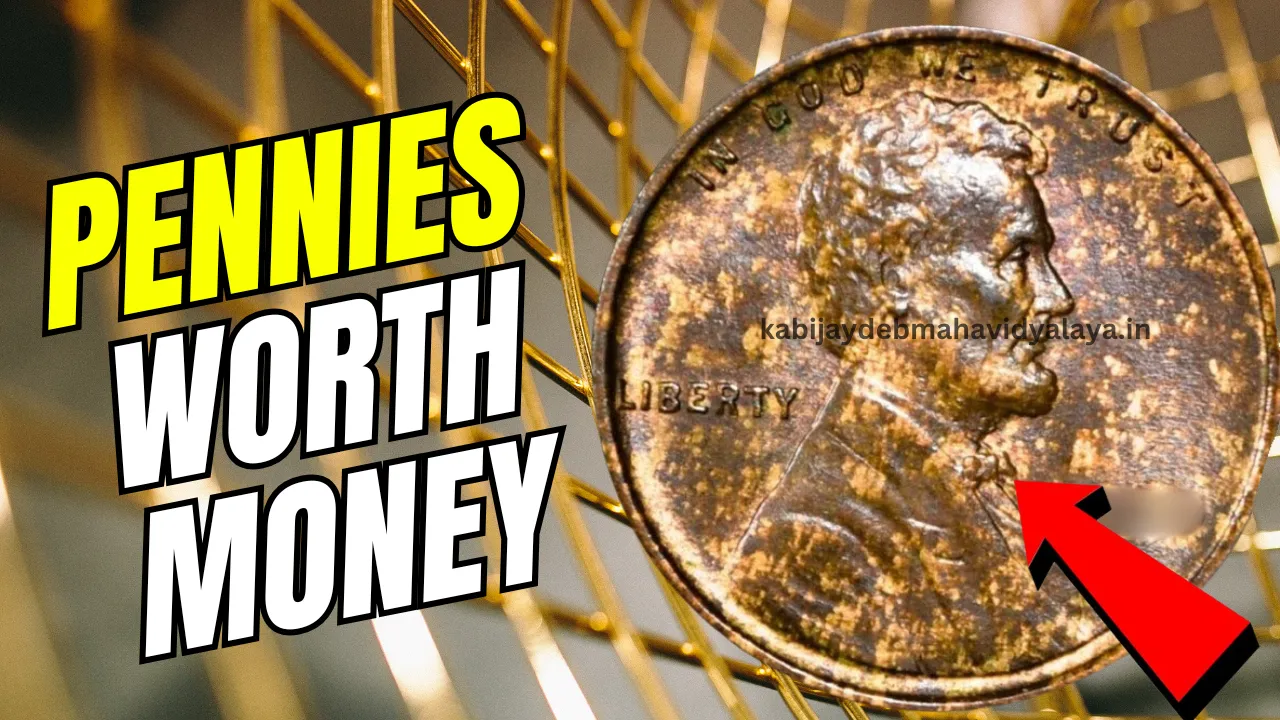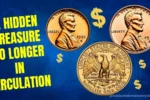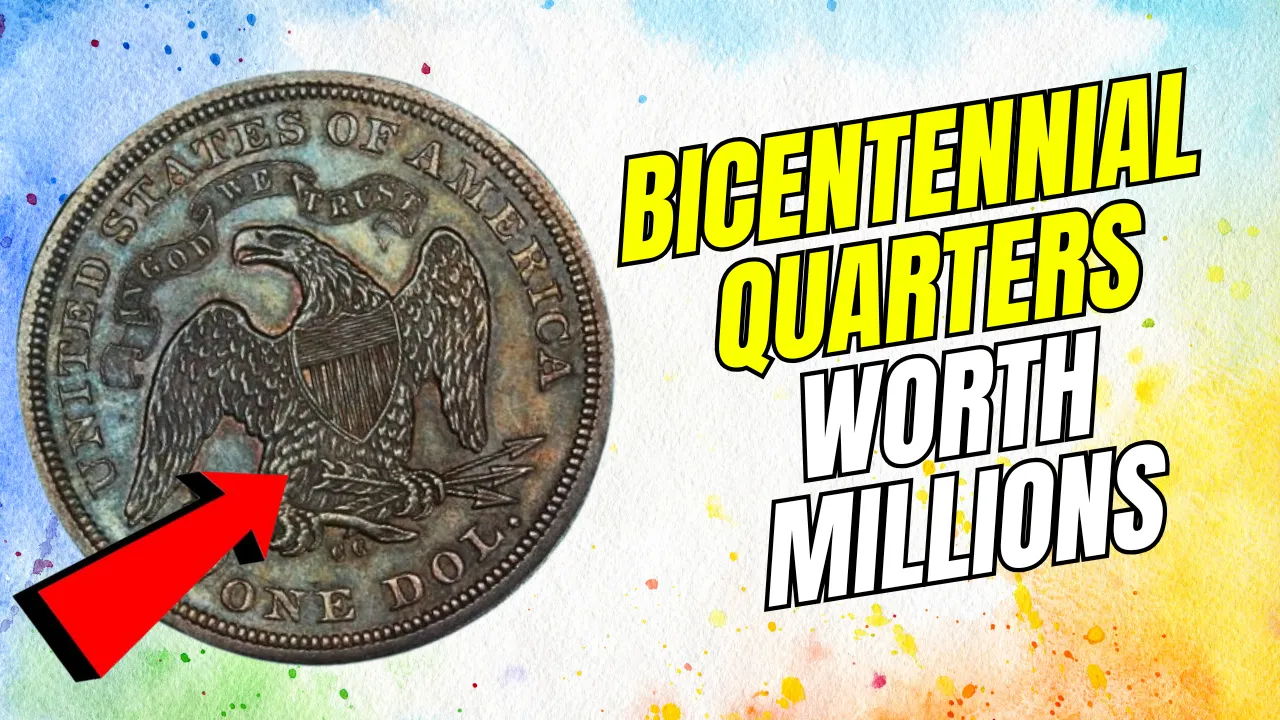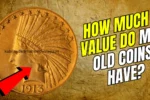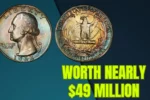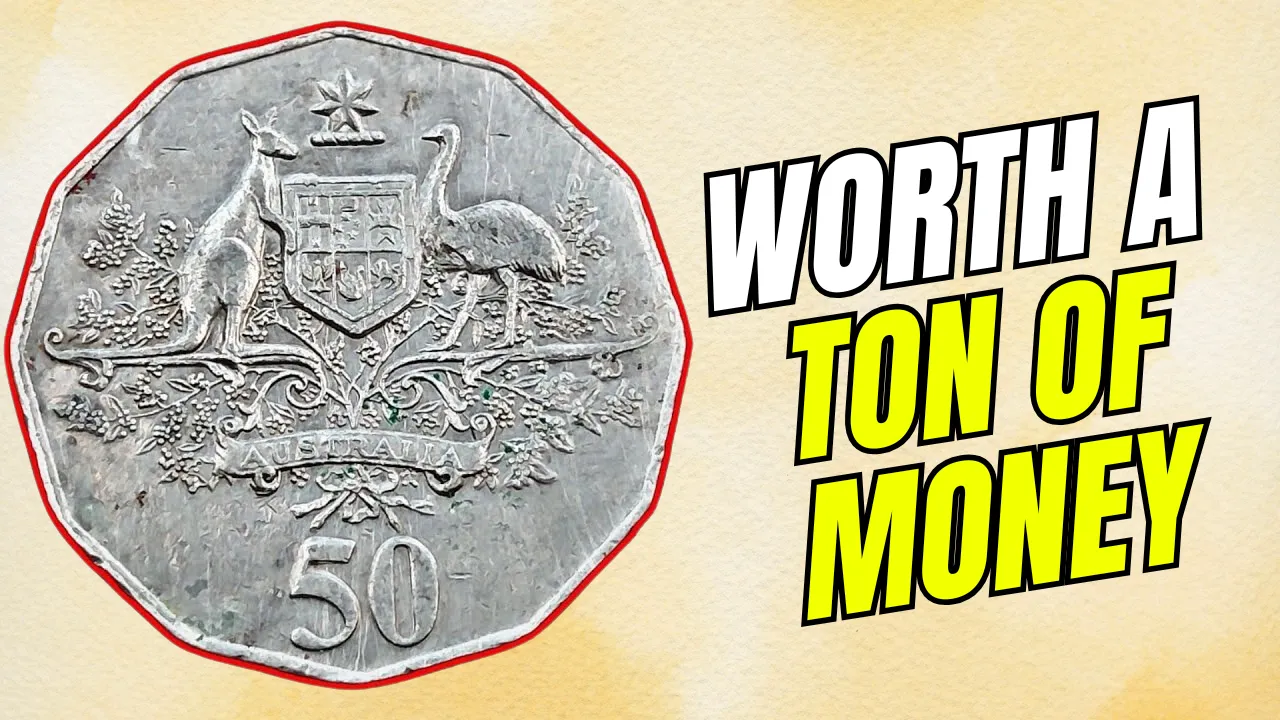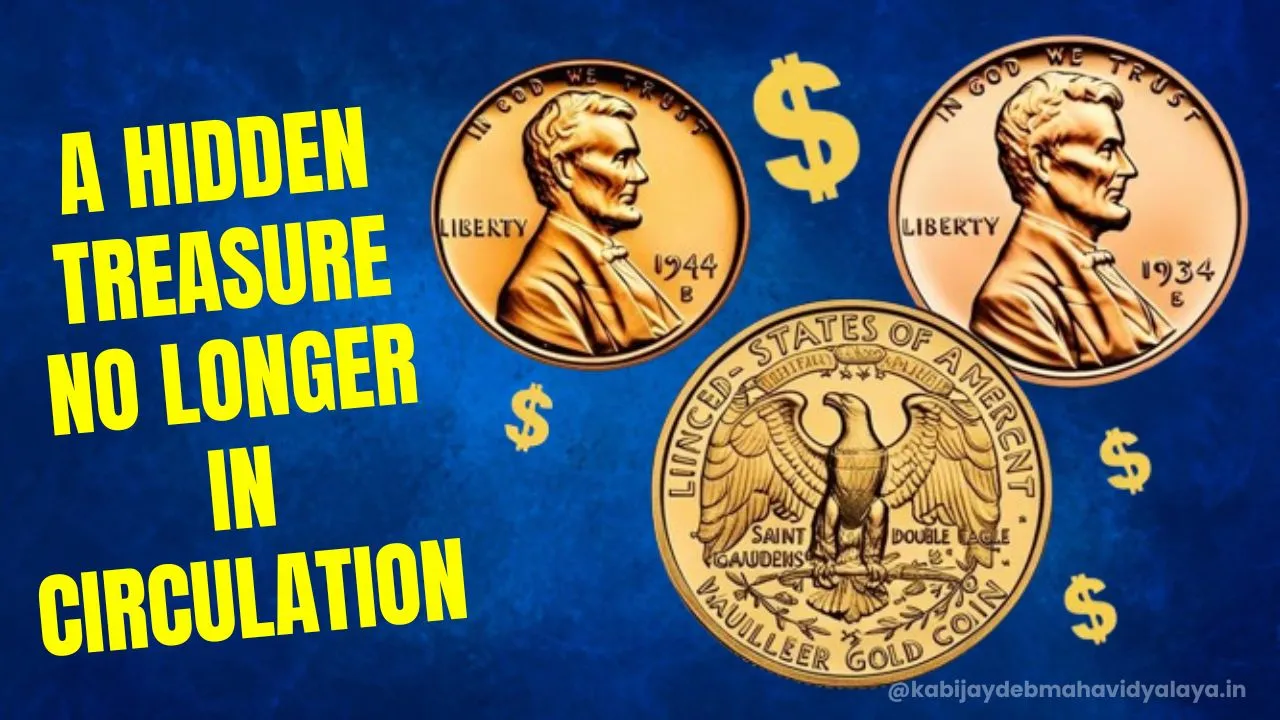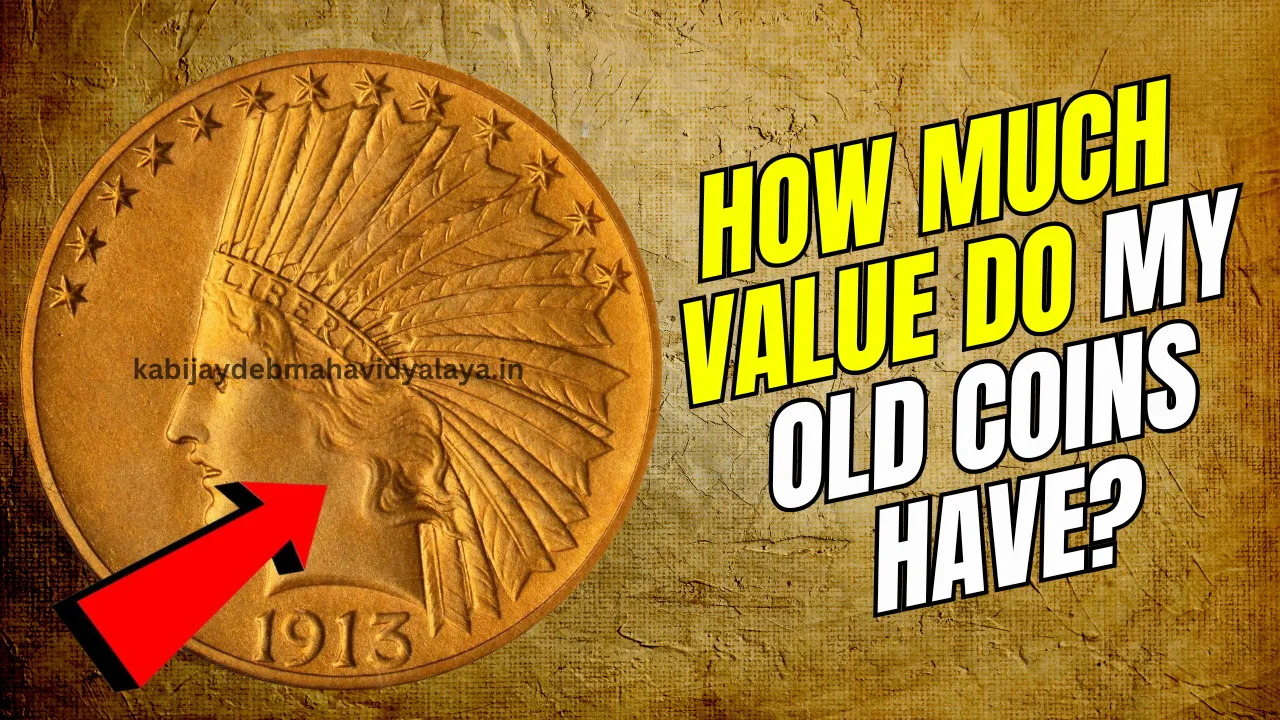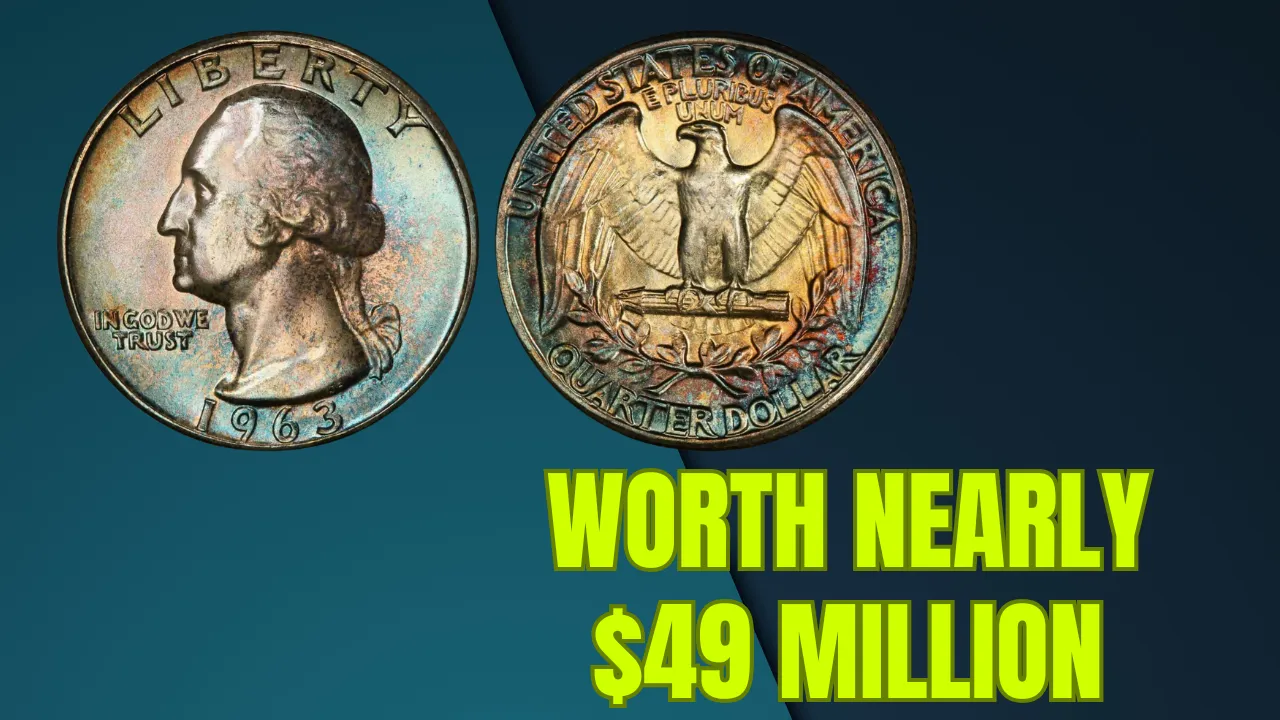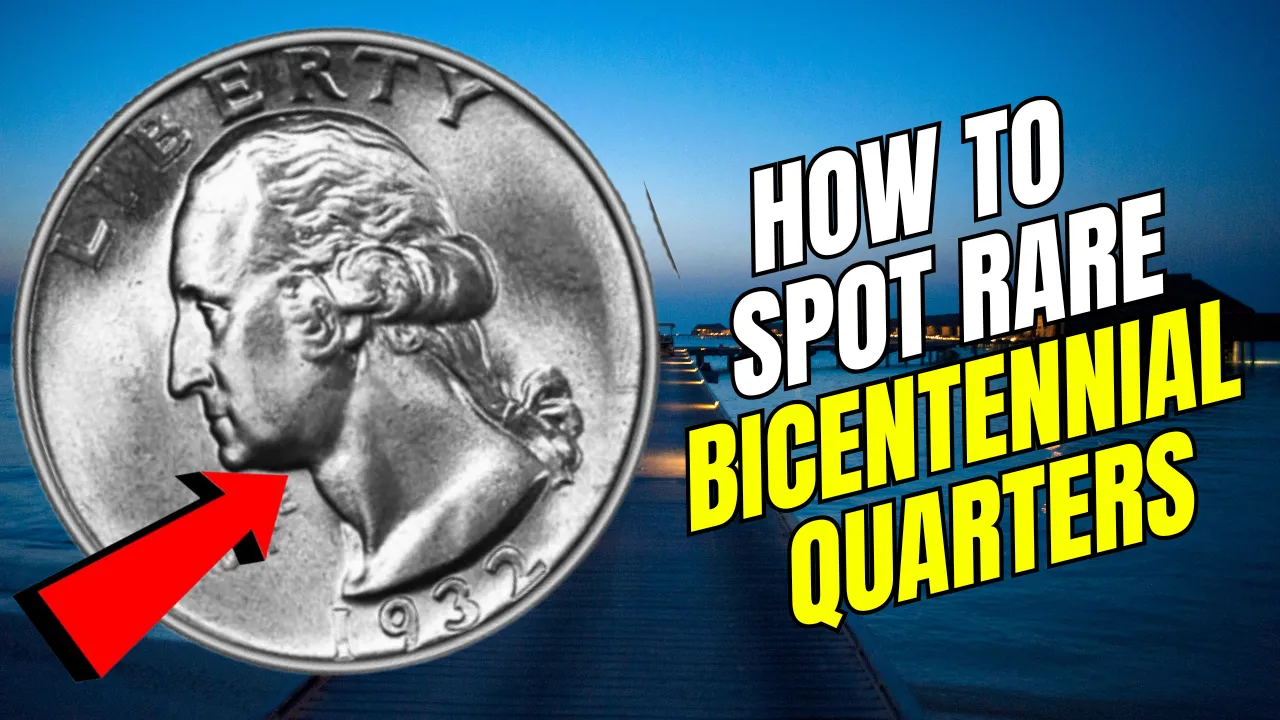Lincoln Pennies Worth Money: Lincoln pennies have been a staple of American currency since their introduction in 1909. Designed to honor President Abraham Lincoln’s 100th birth anniversary, these coins have become more than mere currency—they’re an essential part of numismatic history. While many are common and used daily, some rare variations have reached jaw-dropping values, selling for hundreds of thousands and even millions at auctions.
This article dives into the fascinating world of Lincoln pennies worth money. You’ll learn about the rarest coins, what makes them valuable, and how to identify these treasures. Whether you’re a coin enthusiast or just curious, you might find yourself checking your spare change more carefully after reading this.
Rare Lincoln Pennies at a Glance
| Rare Coin | Year | Mint Mark | Material | Estimated Value |
| 1943 Bronze Lincoln Cent | 1943 | None | Bronze | $348,000 |
| 1943-D Bronze Lincoln Cent | 1943 | D | Bronze | $840,000 |
| 1944 Steel Lincoln Cent | 1944 | S | Steel | $373,750 |
| 1955 Doubled Die Lincoln Cent | 1955 | None | Copper | Up to $125,000 |
| 1969-S Doubled Die Lincoln Cent | 1969 | S | Copper | Up to $700,000 |
The Fascinating Story of the 1943 Bronze Lincoln Cent
In 1943, the U.S. Mint made a dramatic change to conserve copper for World War II efforts, switching to zinc-coated steel for penny production. However, a few leftover bronze planchets from 1942 were accidentally used to strike pennies. This error created the exceptionally rare 1943 Bronze Lincoln Cent, with only about 10 to 15 known examples today.
One of these coins sold for an impressive $348,000 at auction. If you find a 1943 penny and it isn’t steel, you might own one of the most coveted coins in American history.
The One-of-a-Kind 1943-D Bronze Cent
While several bronze Lincoln pennies were struck in 1943 at other mints, the Denver Mint produced only one known bronze penny, making the 1943-D Bronze Cent a singular treasure in the numismatic world. Its uniqueness and rarity have made it legendary, commanding a record $840,000 at auction.
Collectors value this coin not just for its rarity but also for the story it tells—a testament to the unexpected errors that sometimes occur in minting history.
The Unexpected 1944 Steel Cent
In 1944, the U.S. Mint returned to using copper for penny production. However, a few leftover steel planchets from 1943 were mistakenly used, resulting in the rare 1944 Steel Cent.
Only two examples of this error have been confirmed, with one selling for $373,750 at auction. If you come across a steel penny with a 1944 date, it’s worth having it professionally appraised—it could be worth a fortune.
The Iconic 1955 Doubled Die Lincoln Cent
One of the most famous minting errors in U.S. history is the 1955 Doubled Die Lincoln Cent. Due to a misalignment during the minting process, the obverse of the coin displays dramatic doubling of the date and inscriptions.
This striking visual error makes the coin highly collectible, with values reaching up to $125,000 depending on its condition. If you notice clear doubling on a 1955 penny, you might have a piece of history that collectors are eager to own.
The Highly Valuable 1969-S Doubled Die Lincoln Cent
Similar to the 1955 error, the 1969-S Doubled Die Lincoln Cent features pronounced doubling on the obverse, including the date and inscriptions. However, this coin is even rarer, with very few known examples.
One such coin sold for a staggering $700,000 at auction, making it one of the most valuable Lincoln pennies ever. Always check your 1969 pennies carefully—this rare gem could be hiding in your collection.
What Makes Lincoln Pennies Worth Money?
Several factors contribute to the extraordinary value of these rare Lincoln pennies:
- Rarity: The fewer examples of a coin, the higher its value.
- Minting Errors: Mistakes like doubled dies or off-metal strikes are highly sought after by collectors.
- Historical Significance: Coins linked to notable events or changes in minting, such as the 1943 steel pennies during WWII, carry unique value.
- Condition: Well-preserved coins with little wear are worth significantly more than worn examples.
These coins are a window into history, and their value reflects both their rarity and their importance as historical artifacts.
Tips for Spotting Rare Lincoln Pennies
If you’re hoping to find Lincoln pennies worth money, here are some tips to guide your search:
- Examine the Date and Mint Mark: Key years like 1943, 1944, 1955, and 1969 often signal rare varieties.
- Inspect for Errors: Look closely for doubling on the obverse or unusual materials.
- Test for Steel or Copper: Use a magnet to identify steel pennies—they’ll stick to the magnet, unlike copper.
- Get Coins Graded: Professional grading services can authenticate and appraise rare coins for collectors and sellers.
FAQs
What makes the 1943 Bronze Lincoln Cent valuable?
This penny is valuable due to its rarity and its accidental creation from leftover bronze planchets during a time when pennies were being made from steel.
How can I tell if I have a 1955 Doubled Die Lincoln Cent?
Look for noticeable doubling on the date and inscriptions on the front of the coin.
Are all 1943 pennies worth money?
No, only the rare bronze versions are highly valuable. The common steel pennies from 1943 typically hold little value.
How do I check if my penny is made of steel?
Use a magnet. Steel pennies will stick to it, while copper pennies will not.
Where can I sell valuable Lincoln pennies?
You can sell them through coin auctions, to numismatic dealers, or online marketplaces for collectibles.
Final Thoughts
Lincoln pennies are more than just small change—they are tiny pieces of history with the potential to change lives. From accidental minting errors to rare materials, these coins carry stories of their own, and their value continues to grow in the eyes of collectors.
Do you have a rare Lincoln penny in your collection? Share your findings in the comments below! And don’t forget to explore more articles about valuable coins and collectibles—you might uncover your next big treasure.
